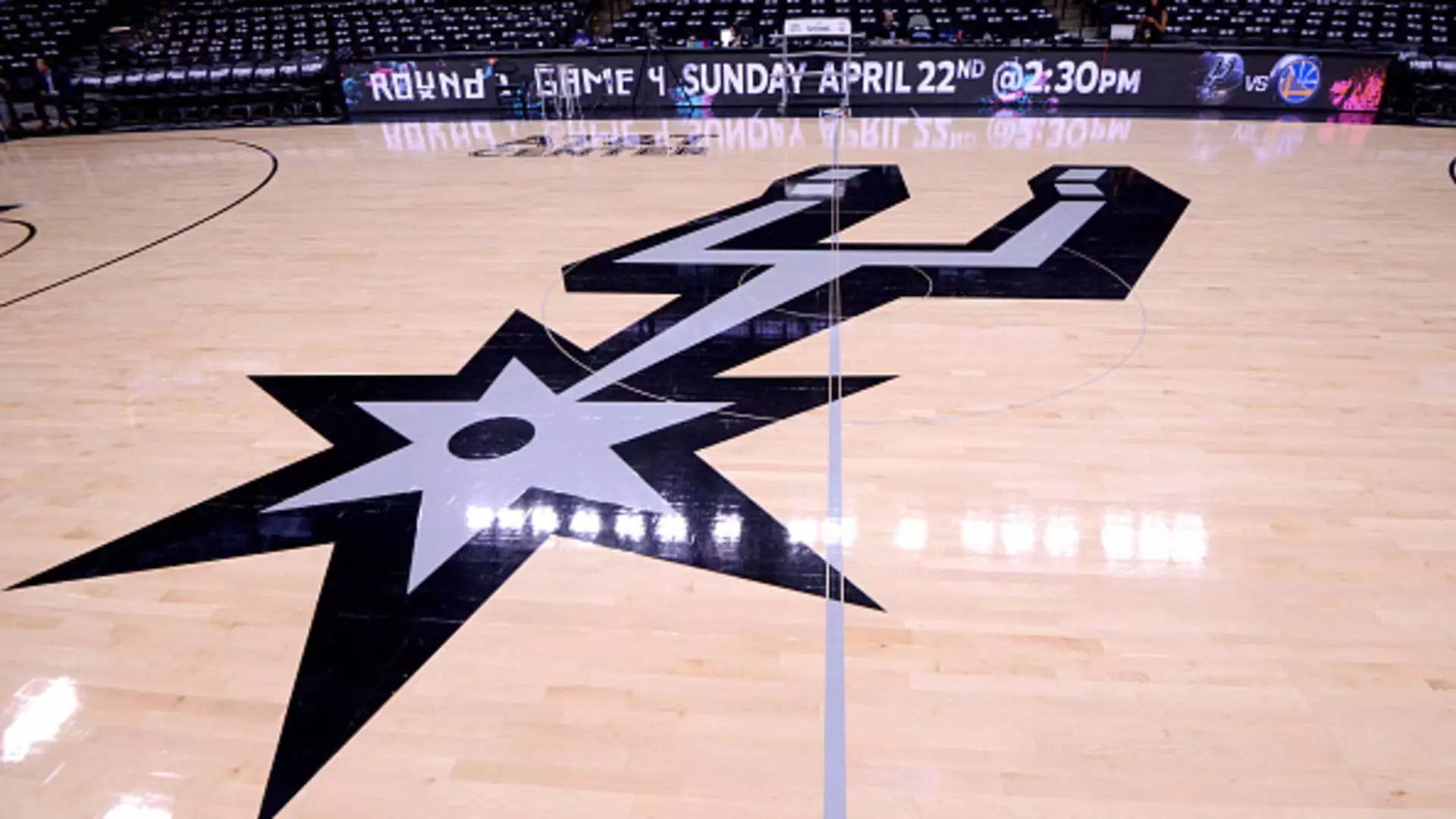The business of sports ownership has evolved into an intricate field marked by significant financial maneuvering and strategic investments. Recently, Paul Viera, the founder and CEO of Earnest Partners, has made headlines by increasing his stake in the San Antonio Spurs from 5% to 11%. This move highlights the rising valuations of NBA teams and the ongoing attractiveness of these franchises as investment opportunities.
Viera’s recent acquisition of Aramark’s remaining stake in the Spurs at a notable discount illustrates a broader trend in sports ownership where minority stakeholders can capitalize on purchasing additional shares of teams without excessively impacting decision-making processes. This type of transaction not only raises Viera’s ownership percentage but also strengthens his influence within the Spurs organization. Sources indicate that this deal values the Spurs at a staggering $2.5 billion, signifying the growth potential associated with NBA franchises amid lucrative media contracts.
Prior to this transaction, Viera acquired a 5% share in May, reflecting his confidence in the franchise’s long-term viability. This faith may stem from the Spurs’ historical success, boasting five NBA championships, and a continuously growing fanbase. However, the team’s recent performance—finishing last in their division with a record of 22-60 in the 2023-24 season—casts a shadow on their recent trajectory. Yet, with the emergence of young superstar Victor Wembanyama, the Spurs appear poised for a resurgence, both on the court and financially.
The recent surge in NBA team valuations can be attributed to various factors. A pivotal element is the league’s recent $76 billion media deal over 11 years, which has injected considerable resources into teams, enhancing their marketability and profitability. An analysis of the NBA market reveals that ownership stakes are increasingly sought after by investors looking to capitalize on this financial influx. In a similar vein, former NBA player Junior Bridgeman’s recent purchase of a 10% stake in the Milwaukee Bucks for an enterprise value of $3.4 billion reinforces this trend, indicating a robust appetite for investment in basketball franchises.
The Spurs, much like the Bucks, reflect the evolving economics of NBA ownership. As valuations soar, existing minority owners find themselves in a prime position to increase their stakes at discounted rates, benefiting from their early investments and the rising tide of the league’s financial waters.
Another noteworthy aspect of Viera’s rise in stake is the increasing diversity within basketball ownership circles. Viera joins a growing group of minority owners who are either people of color or former NBA players—individuals who bring unique perspectives and experiences to the franchise. This shift is significant as it aligns with the NBA’s efforts to diversify ownership in professional basketball. With figures like David Robinson and Grant Hill as minority owners in teams, the landscape of ownership is gradually changing to reflect a broader societal landscape, enriching the culture and engagement of NBA franchises.
The future seems ripe with opportunities for transformation in San Antonio, particularly with the promising talent of Wembanyama on the roster. In parallel, the entire NBA marketplace is on the brink of substantial shifts, with the Boston Celtics’ controlling stake recently entering the market. The Grousbeck family purchased the Celtics for $360 million back in 2002 and are now expecting a staggering return, with sales estimates between $5.5 billion and $6 billion. Such valuations signify the immense growth potential of NBA franchises, and they set the stage for exciting changes and investments in the league’s landscape.
Paul Viera’s strategic increase in stake within the San Antonio Spurs is indicative of larger trends within the NBA and sports ownership dynamics. Through calculated investments, an evolving economic context, and a commitment to diversifying ownership, Viera is positioning himself not just as an investor, but as a pivotal figure in the future narrative of the Spurs and the NBA at large. With the intersection of talent, market trends, and ownership diversity, basketball’s future appears bright, both on and off the court.

Leave a Reply